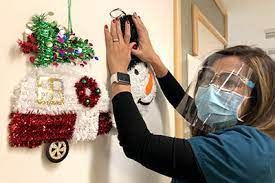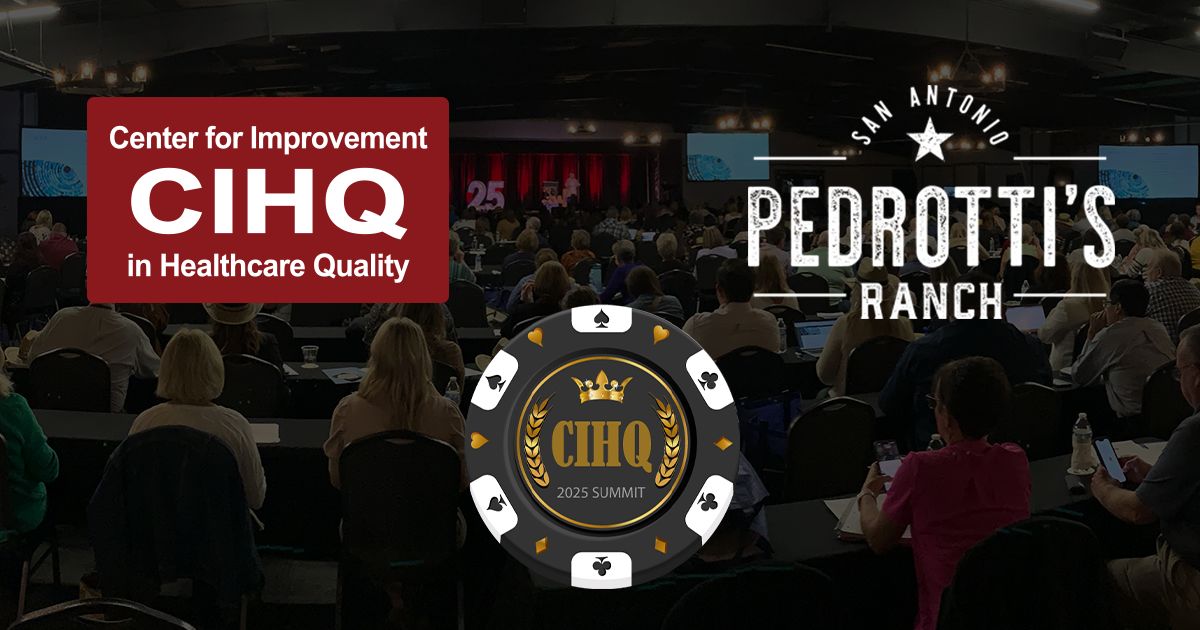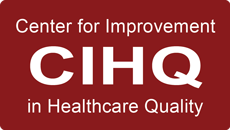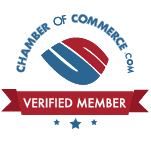Joint Commission 2023 Patient Safety Goals
Highlighting TJC Priorities for Healthcare Facilities
January 2023
By Jody Randall MSN, RN, CIC, HACP-CMS, HACP-PE
CEO and Founder
Happy New Year to all healthcare professionals from HCE!
We are excited for 2023 and looking forward to helping our fellow colleagues work toward a more focused approach to bringing healthcare back to some normalcy after what we all know has been a rocky road over the last few years.
With a fresh new year ahead of us we thought it would be a great time to take a look at The Joint Commission’s (TJC) National Patient Safety Goals (NSG) for 2023. Now is the time to remove the 2022 version from your facilities and familiarize your team members what TJC has identified as high priority safety concerns in health care today.
As you review the new lists of goals you will likely find that the goals have not changed. Essentially, the issues impacting patient safety continue to occur and therefore need to be addressed by healthcare facilities to prevent perpetual reoccurrence of preventable events. TJC publishes a list of goals annually for each of the following health care settings
- Ambulatory Healthcare
- Assisted Living
- Behavioral Health and Human Services
- Critical Access Hospitals
- Home Care
- Hospital
- Laboratory Services
- Nursing Care Center
- Office-Based Surgery
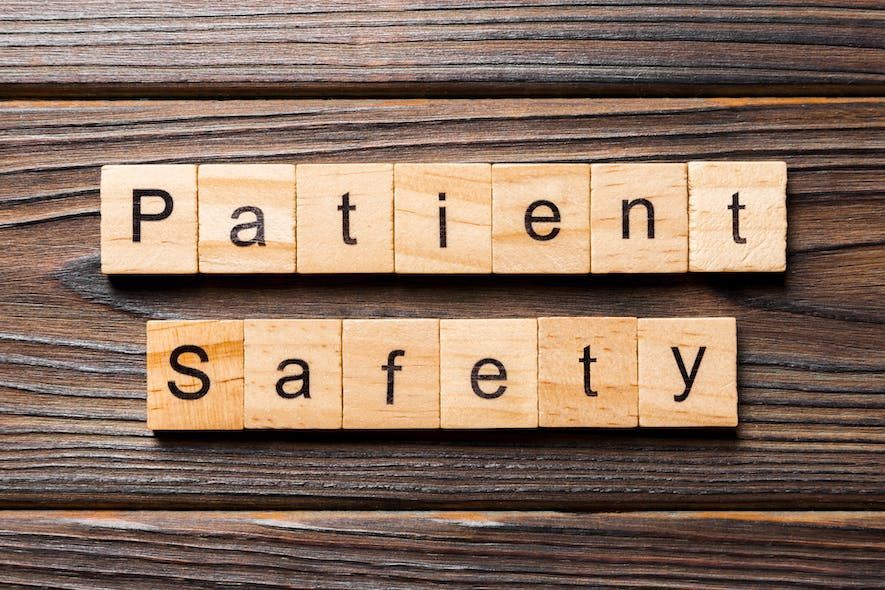
National Patient Safety Goal 01.01.01 pertains to proper identification of a patient. Although it seems simplistic in nature this continues to be a major area for concern. Two patient identifiers should always be used prior to administering any medication or treatment to a patient. Using a patient’s location or room number should never be considered one of the identifiers. Verifying a patient’s name and date of birth are a good practice for avoiding patient identification errors. Be sure your organization’s policy address the method to be used to identify patients.
National Patient Safety Goal 03.04.01
addresses medication safety in healthcare setting where procedures are performed. Any medication that may be used in must be labeled correctly. Syringes, cups, basins or other apparatuses that hold medication must never enter a surgical or procedural field without being properly labeled. Be sure your organization addresses labeling, and team members are well trained on labeling. It is always good to perform random audits to ensure that these practices are being followed consistently.
National Patient Safety Goal 03.06.01
is another important medication safety goal. It is critical to obtain, reconcile and report a patients medication regimen with accuracy. Documentation is critical. When new medications are prescribed for patients, the patient should also receive written instruction about the medication, including how to take the medication, frequency and side effects associated with the new medication to name a few. Patients should also be instructed to keep up to date lists of all medications they are on.
National Patient Safety Goal 07.01.01
pertains to infection prevention. The focus for this goal is hand hygiene. Organizations should develop goals to improve adherence to good hand hygiene practices among health care workers. How is your organization monitoring hand hygiene compliance? Be sure to establish training programs to enforce the danger associated with non-compliance to good hand hygiene practice. Another consideration is to determine if the number of hand washing sinks and hand sanitizer dispensers are adequate for your facility.
National Patient Safety Goal 15.01.01
pertains to reducing risk for suicide. “Suicide is a major public health concern. Suicide is among the leading causes of death in the United States”, (NIIMH, 2022). Prevention efforts should not be overlooked. This goal applies to hospitals and behavioral health settings. Be sure that environmental risk assessment is completed to identify risk factors in patient care settings. Development or revision of existing policies and procedures concerning suicide are critical. Be sure that team members are well educated on identifying risk factors associated with suicide. It is also imperative to utilize a comprehensive screening tool to identify patients to exhibit risk factors associated with suicidal ideation.
For a complete list, visit
TJC National Patient Safety Goals for 2023
where you can find more information on all NPSG’s for 2023. TJC provides simplified PDF versions based on facility type. You can also download chapter versions which provide a greater insight into each specific goal including rationale and elements of performance to help your organization with reduce risk that results in patient harm.
From all of us here at HCE, we would again like to wish you and yours a Happy, Safe, and Prosperous New Year!
References:
https://www.nimh.nih.gov/health/statistics/suicide
HCE is Here to Help
Healthcare Consulting Experts LLC was built based upon our understanding of the challenges that all healthcare facilities are facing today. Healthcare professionals strive to deliver the best possible care to all patients. We can help your facility through the difficult times and put you back on track to a less stressful tomorrow.
Don’t take chances! Our experts can assist with regulatory compliance requirements for whether you are building a new, state of the art project or renovating an existing structure. Be sure to visit
Our Website
to see a full list of the services that we provide. Contact us today at +1 (800) 813-7117 for a free initial consultation.
Please join us by clicking on any of the icons below to leave a comment or for more informati
on and updates:
